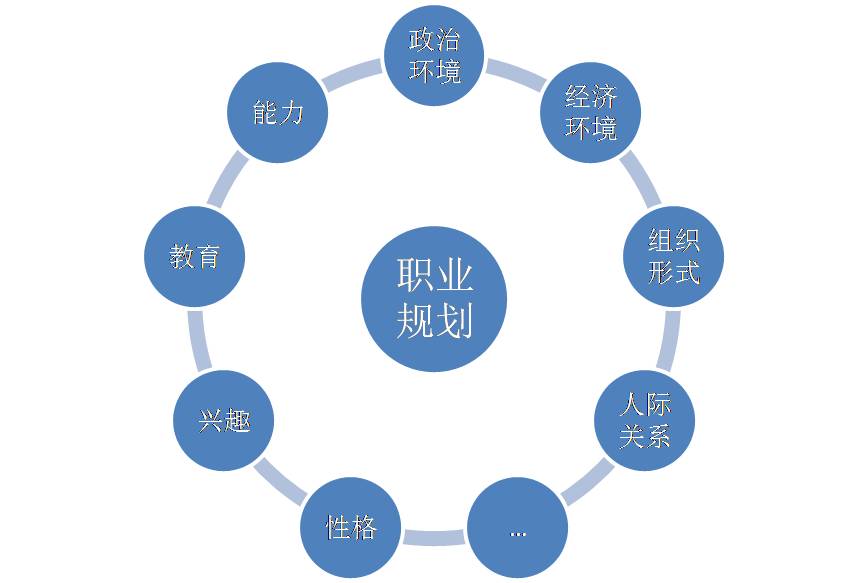Yes, there are examples of sexism in Chinese. Sexism refers to prejudice, stereotyping, or discrimination against individuals based on their gender. In Chinese culture and society, sexism can manifest in various forms, including:
1. Stereotyping: Women are often stereotyped as being emotional, weak, or submissive, while men are seen as strong, rational, and dominant. This can lead to unequal treatment and opportunities for women in education, employment, and other areas of life.
2. Unequal pay: Women in China are often paid less than men for the same job, even when they have the same qualifications and experience. This is known as the "gender pay gap."
3. Domestic violence: Domestic violence is a serious issue in China, with women being the primary victims. Women who report domestic violence may face social stigma and legal challenges.
4. Female infanticide: Due to the cultural preference for male children, female infanticide has been a problem in some parts of China, leading to an imbalance in the gender ratio.
5. Objectification of women: Women in China are sometimes objectified in media and advertising, portrayed as sex objects or commodities to be consumed by men.
6. Lack of representation: Women are underrepresented in positions of power and leadership in China, both in government and in business.
While progress has been made in recent years to address these issues, sexism remains a significant challenge in Chinese society.
1. Stereotyping: Women are often stereotyped as being emotional, weak, or submissive, while men are seen as strong, rational, and dominant. This can lead to unequal treatment and opportunities for women in education, employment, and other areas of life.
2. Unequal pay: Women in China are often paid less than men for the same job, even when they have the same qualifications and experience. This is known as the "gender pay gap."
3. Domestic violence: Domestic violence is a serious issue in China, with women being the primary victims. Women who report domestic violence may face social stigma and legal challenges.
4. Female infanticide: Due to the cultural preference for male children, female infanticide has been a problem in some parts of China, leading to an imbalance in the gender ratio.
5. Objectification of women: Women in China are sometimes objectified in media and advertising, portrayed as sex objects or commodities to be consumed by men.
6. Lack of representation: Women are underrepresented in positions of power and leadership in China, both in government and in business.
While progress has been made in recent years to address these issues, sexism remains a significant challenge in Chinese society.





